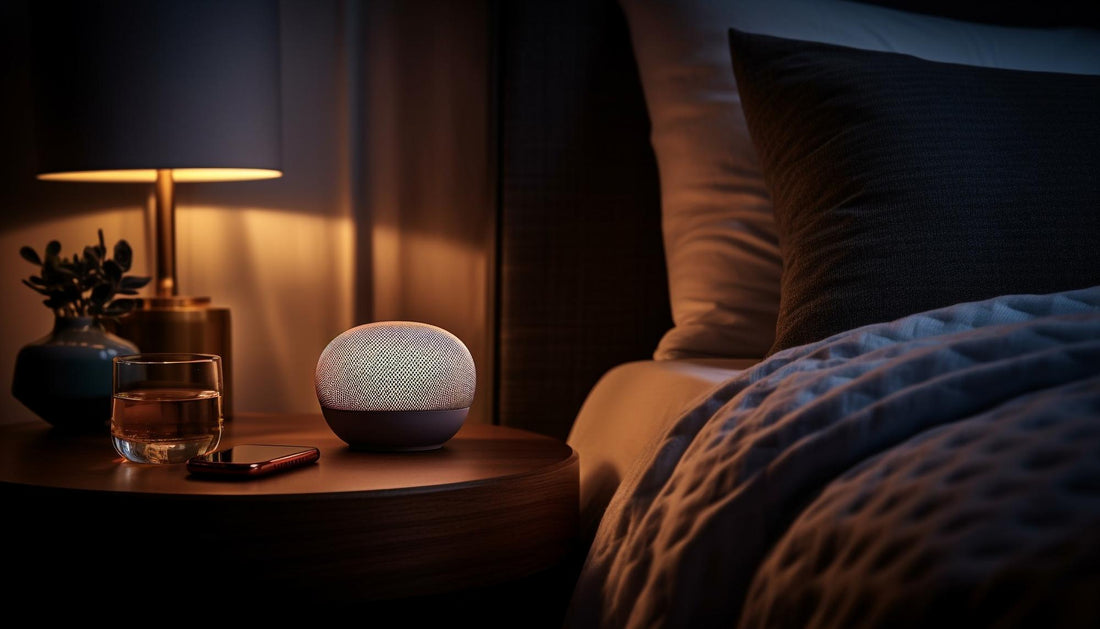The Circadian Rhythm and Sleep:
Our bodies are naturally wired to follow a circadian rhythm, an internal process that regulates sleep-wake cycles. The primary regulator of the circadian rhythm is exposure to light. Natural light cues our bodies to be awake and alert during the day, while darkness signals the onset of sleep. However, artificial lighting can interfere with this delicate balance and disrupt our sleep patterns.The Impact of Blue Light:
One crucial aspect of bedroom lighting that warrants attention is the presence of blue light. Blue light is emitted by electronic devices, such as smartphones, tablets, and televisions, as well as energy-efficient LED lights. Exposure to blue light in the evening can suppress the production of melatonin, a hormone that plays a crucial role in regulating sleep. This inhibition of melatonin can lead to difficulty falling asleep and disrupted sleep patterns.
Creating a Sleep-Friendly Bedroom:
To optimize your sleep environment, consider the following tips:
1. Dim the Lights: As bedtime approaches, start dimming the lights in your bedroom. This gradual transition signals your brain to wind down and prepare for sleep. Opt for soft, warm-colored bulbs or install dimmer switches to control the intensity of light.
2. Minimize Blue Light Exposure: Avoid using electronic devices, such as smartphones or laptops, for at least an hour before bed. If you must use them, enable night mode or install blue light filtering applications to reduce the amount of blue light emitted.
3. Embrace Darkness: Darkness is essential for quality sleep. Invest in blackout curtains or blinds to block out external light sources, such as streetlights or early morning sunlight. Consider covering or switching off any electronic devices with bright standby lights.
4. Choose Warm, Ambient Lighting: Instead of bright, overhead lights, opt for warm, ambient lighting options such as bedside lamps or wall sconces. These create a cozy and relaxing atmosphere, promoting relaxation and restful sleep.
5. Light Temperature Matters: Pay attention to the color temperature of your light bulbs. Cooler, bluish-white lights can have an energizing effect, while warmer, amber-toned lights create a soothing environment conducive to sleep. Aim for a color temperature around 2700-3000K.
6. Personalize with Task Lighting: Incorporate task lighting into your bedroom design for specific activities like reading. Using directed light sources helps focus light where you need it, without disturbing your partner or flooding the entire room with light.
Creating an optimal sleep environment involves a holistic approach, and bedroom lighting plays a pivotal role in achieving restful slumber. By understanding the impact of light on our circadian rhythm, we can make informed choices to promote better sleep. By minimizing blue light exposure, embracing darkness, and choosing warm, ambient lighting, you can transform your bedroom into a sleep sanctuary that nurtures a restorative night's sleep. So, let the power of bedroom lighting guide you on your journey to better sleep. Sweet dreams await!

